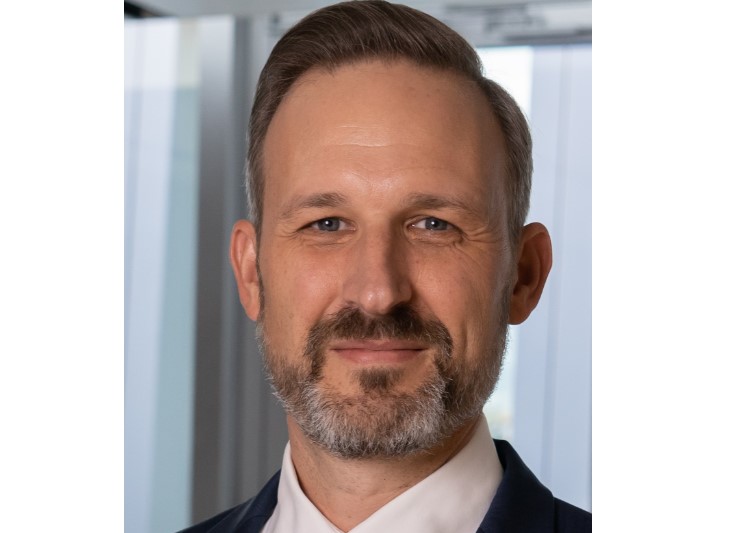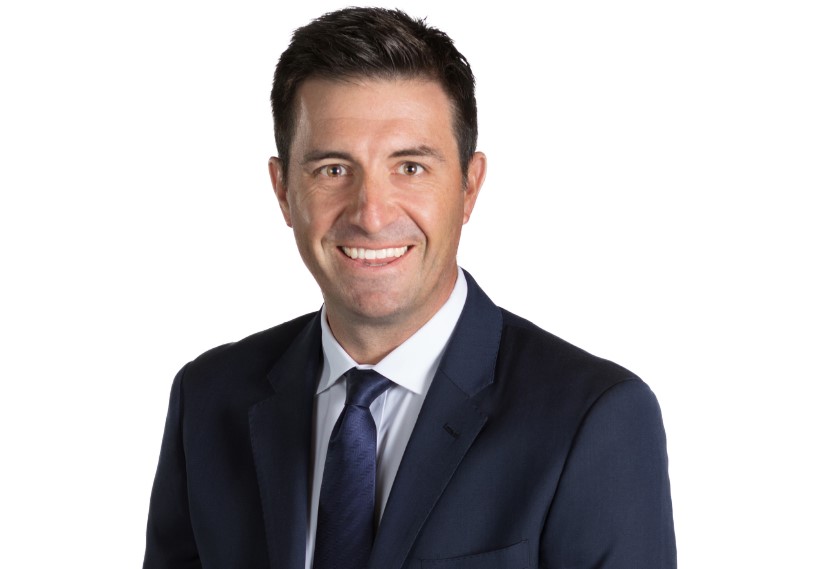Aberdeen Standard Investments: “Higher Yields and Lower Duration Risk Has Been Beneficial for Investors in Frontier Bonds 2021”
| For Romina López | 0 Comentarios
Aberdeen Standard Investments is confident that frontier market bonds represent a compelling investing opportunity in a diversified portfolio, considering the low level of interest rates worldwide.
Among the main features of this asset class, we could mention its decorrelation versus Treasuries, which is especially interesting if yields continue its upward trend and if the ghost of inflation remains in place. But also, because of the decorrelation we could find among the different local currencies of frontier markets.
Kevin Daly, fund manager of the Aberdeen Standard SICAV I – Frontier Markets Bond Fund, explains in this interview with Funds Society why he thinks the risk/return profile of this asset class is interesting compared to other emerging market assets, especially government bonds or equities.
Why is the present market environment a suitable opportunity to invest in frontier markets? Given their growth, the level of volatility and risk and the potential reflationary situation.
There are several reasons why I believe frontier bonds remain attractive. Firstly, higher carry compared to mainstream Emerging Markets (EM) and lower duration risk, explains outperformance amid rising US Treasury yields. Angola is my top pick in terms of USD bonds, as they have very moderate external liabilities coming due over the next several years following China and DSSI [The G20 Debt Service Suspension Initiative] relief in 2020. High oil prices will also result in an improving fiscal outlook and declining debt levels. With spreads of 650-725 investors can access an attractive risk premium for a country with improving credit metrics and low issuance needs. Having said that, I would expect Angola to return the market in 2022 if spreads continue to decline.
We continue to see good value in Sub-Sahara Africa bonds such as Ivory Coast, Senegal, Ghana, Kenya, Nigeria and Gabon. We are also maintaining a 2% position in Ecuador, which surged after the election result last month. Egypt remains our top pick in local markets given the high real and nominal rates, and stable currency. Ghana, Ukraine, Kazakshtan, Kenya and Uganda are other local markets where we see value.
What about the risks?
The main risk for frontiers is higher default risk over the medium term, as we could have more countries opting for the Common Framework [debt relief beyond the DSSI] if they don’t address fiscal and debt vulnerabilities.
What do these markets offer in terms of advantages over emerging markets and from a decorrelation and diversification point of view?
Higher yields and lower duration risk compared to mainstream EM has been beneficial for investors in frontier bonds 2021. I would expect that to remain intact during the year. Rising commodity prices is another factor why some frontier credits have performed well in 2021.
What is the current level of flows to these markets and how might they evolve over the course of the year?
Flows into EM funds have been pretty strong at around $32bn, of which half is hard currency funds. Using a straight line benchmark assumption, that suggests around $2.5-3bn have gone into frontier hard currency bonds.
And in terms of expected valuation evolution?
Spreads on frontier hard currency sovereign bonds are currently 540bp over USTs, and while they’ve tightened around 60bp this year, they are still 120bp wide of their 2020 lows. So I believe there’s still decent value, although I would not expect spreads to revisit 2020 lows until we have a better picture on the impact from the pandemic, and some improvement on the fiscals and debt levels.
What role do local currencies play in investing in these markets and specifically in your investment philosophy?
Local currency provides higher carry and in some cases defensive characteristics compared to hard currency, as was the case during the peak of the pandemic in 2020 when hard currency sold off sharply due to huge outflows from mutual funds that invest in those bond. However, there’s very little mutual fund investment in frontier local markets. When it comes to portfolio construction, we take a bottom up approach, and we will look at the relative value between hard and local currency bonds that will dictate how we want to be positioned in that particular country.
Why Aberdeen Standard SICAV I Frontier Markets Bond?
We have the resources and long track record investing in frontier markets. Among our four dedicated frontier bond strategies, we have a highly diversified approach as our fund has traditionally invested in HC, LC and corporates. We can also demonstrate a consistent long-term track record.






